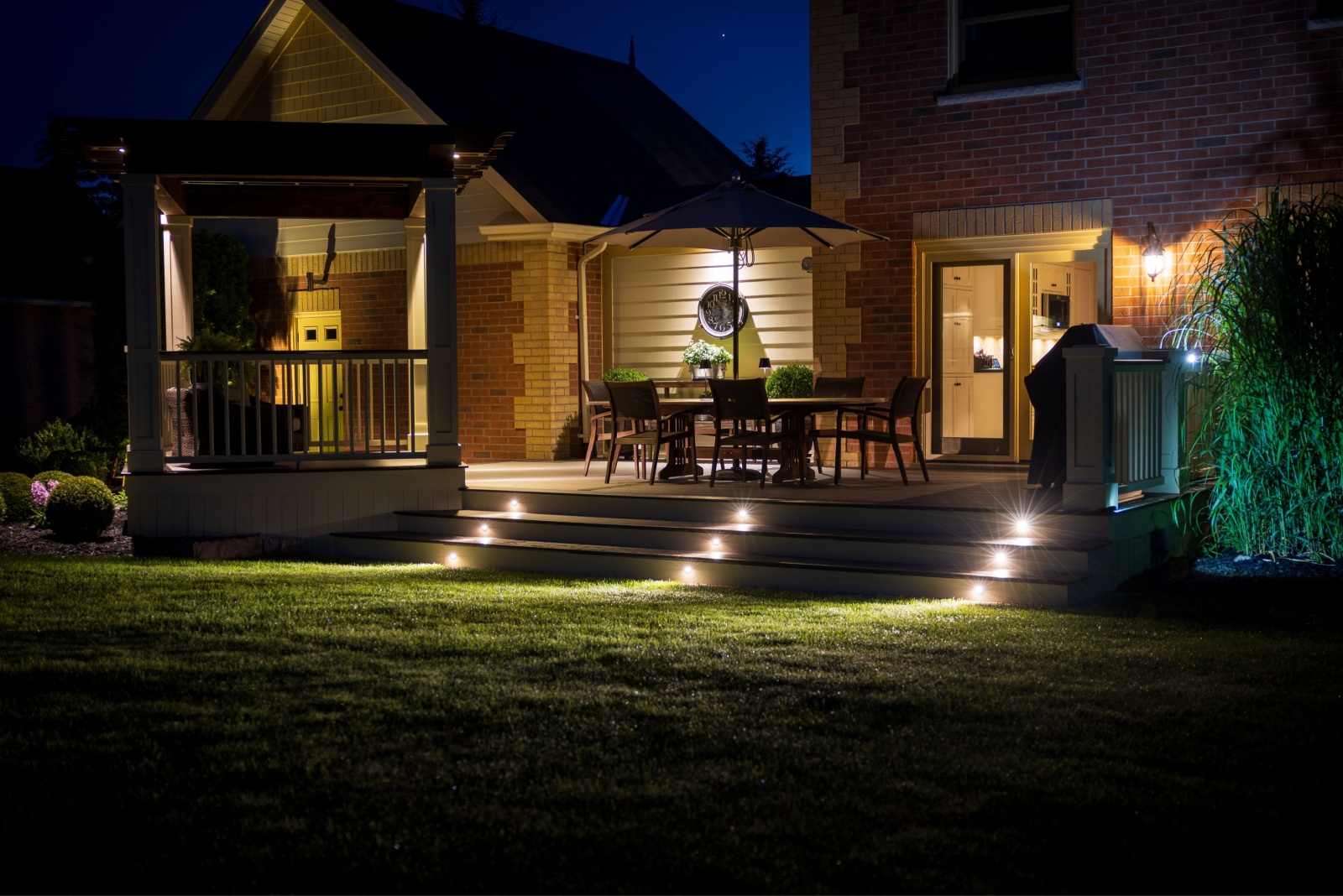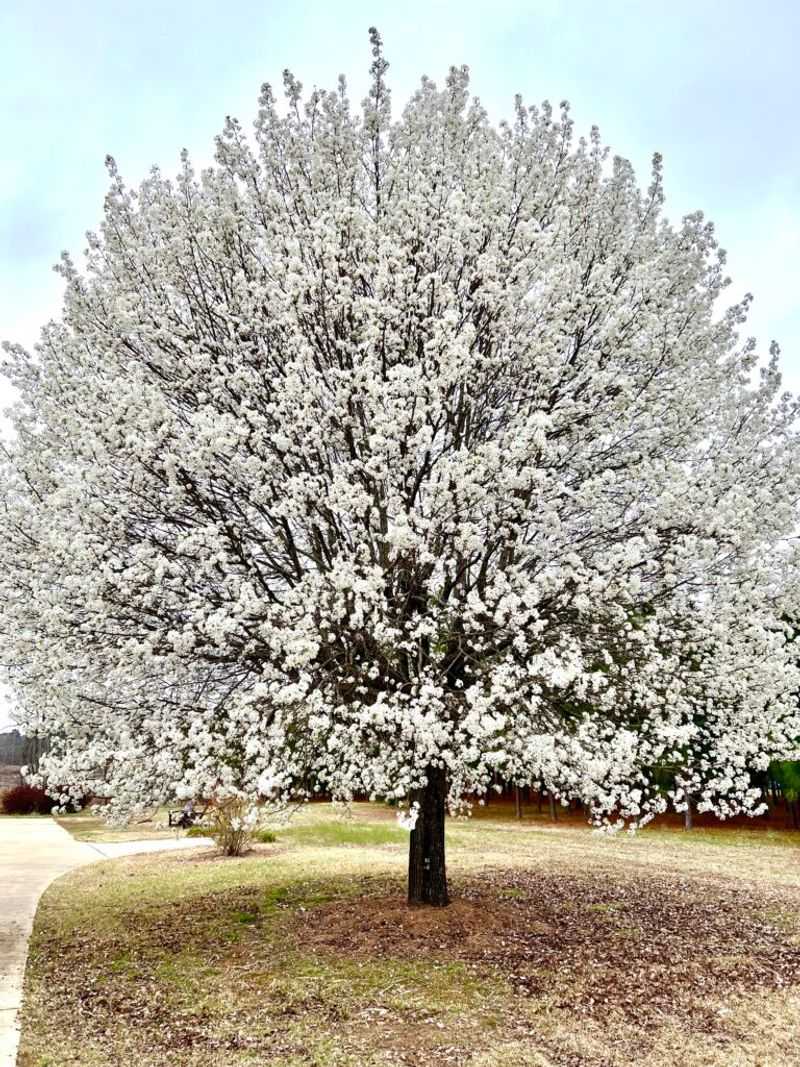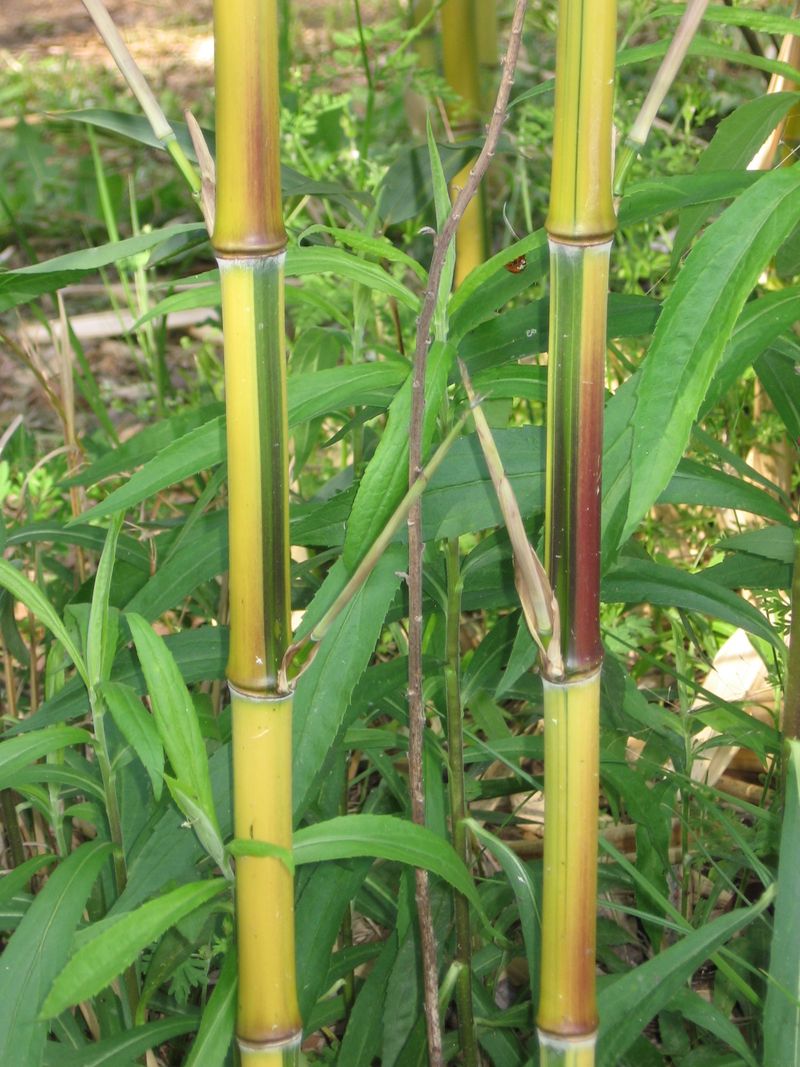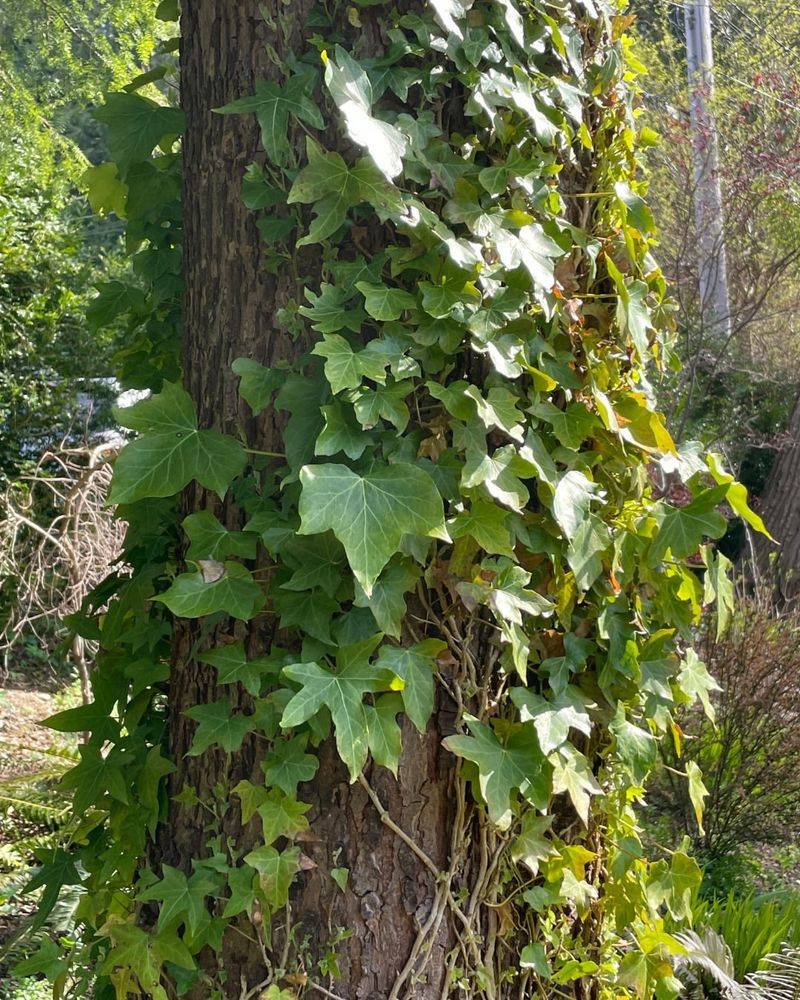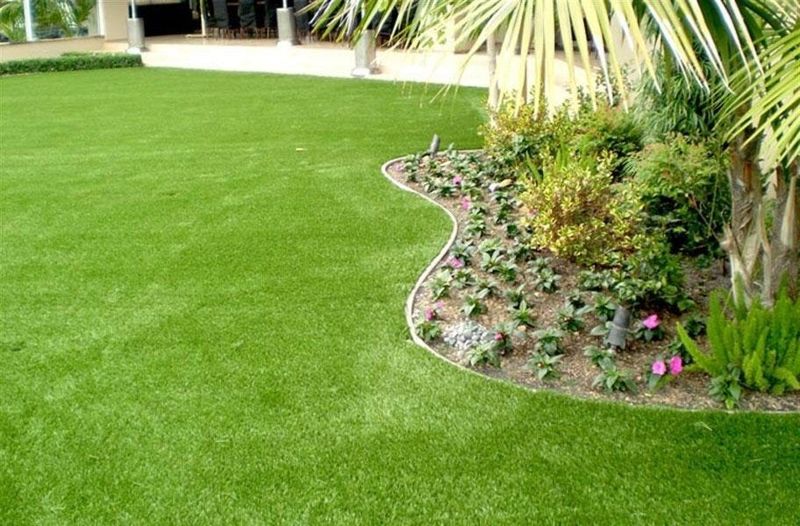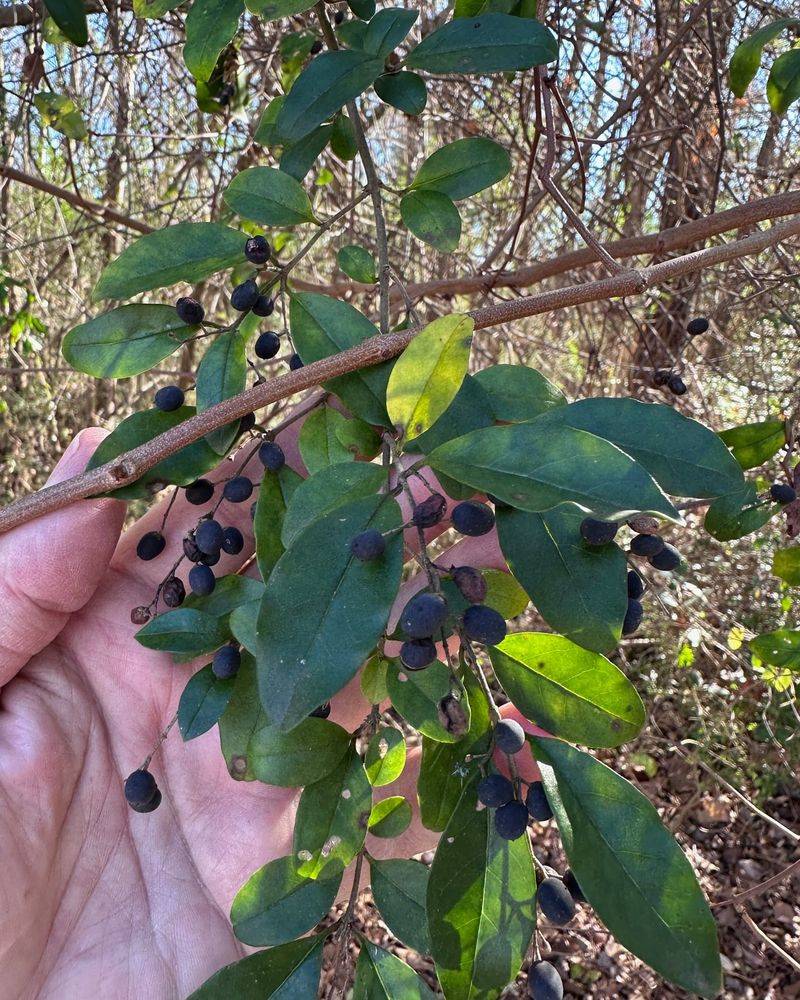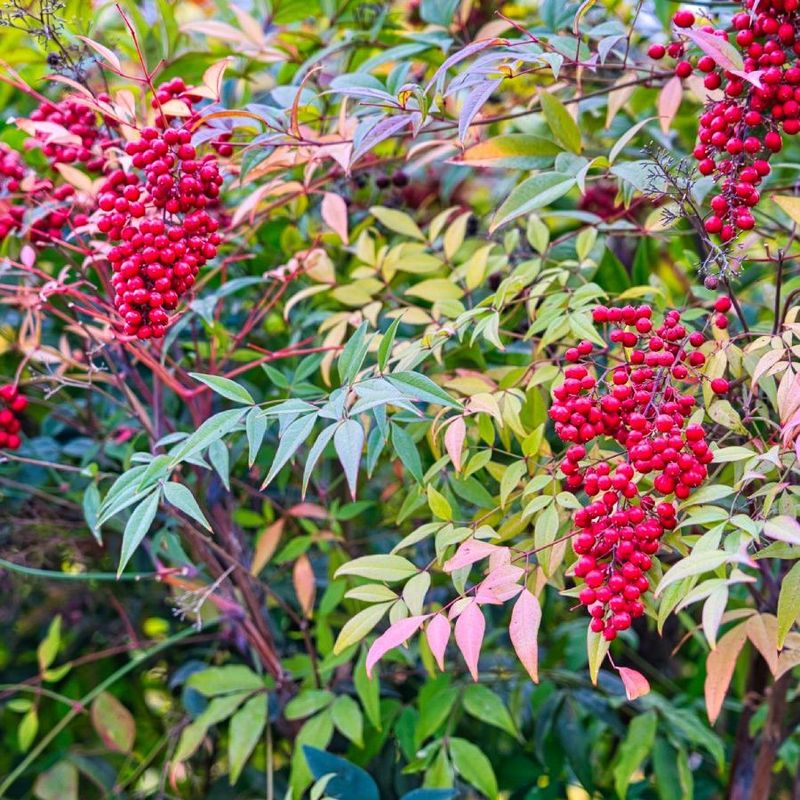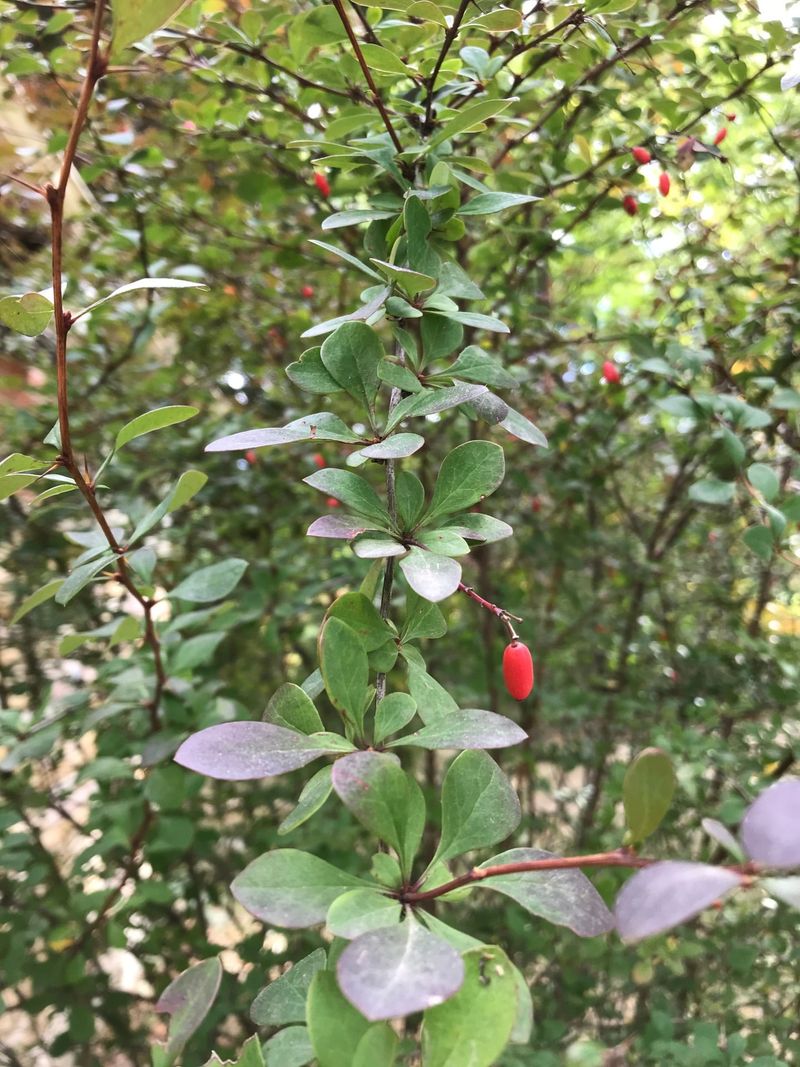Georgia homeowners take pride in crafting outdoor spaces that feel personal and inviting. Yards often reflect individual style, from lush gardens to cozy patios. But changing rules are starting to reshape what’s allowed.
As environmental concerns rise and HOA regulations tighten, some familiar features are under review. Invasive plants, high-maintenance lawns, and excessive water use are drawing attention. Communities are rethinking what’s sustainable.
These 13 yard elements could soon fade from Georgia neighborhoods as priorities shift. Balancing beauty with ecology means making smarter choices. Staying ahead of the changes helps avoid costly updates and keeps your yard in harmony with local standards.
1. Bradford Pear Trees
Once celebrated for their beautiful spring blooms, these trees have fallen from grace in Georgia communities. Their weak branch structure creates hazards during storms, while their cross-pollination with other pear varieties produces invasive offspring that crowd out native plants.
Many neighborhoods are already phasing them out through replacement programs. Some counties offer incentives to remove these trees and replace them with native alternatives like dogwoods or serviceberry trees.
The Georgia Forestry Commission now actively discourages planting Bradford pears, and several communities have drafted ordinances prohibiting new plantings entirely.
2. Water-Hungry Lawns
The classic emerald green lawn requires significant irrigation to maintain its lush appearance, especially during Georgia’s hot summers. With water conservation becoming increasingly important, neighborhoods are reconsidering these thirsty landscapes.
Some HOAs have begun implementing restrictions on lawn size or mandating drought-resistant grass varieties. The shift comes as water bills climb and municipalities enforce stricter watering schedules during dry periods.
I’ve noticed more Georgia homeowners transitioning to native groundcovers or xeriscaping portions of their yards, creating beautiful landscapes that don’t demand constant watering.
3. Running Bamboo
The rapid growth rate of running bamboo makes it appealing for creating quick privacy screens, but this aggressive plant doesn’t respect property lines. Without proper barriers, it sends underground runners that can emerge in neighboring yards.
Several Georgia communities have already enacted bamboo ordinances after disputes between neighbors. These regulations typically require containment systems or complete removal of existing plantings.
For those who love bamboo’s aesthetic, clumping varieties offer a similar look without the invasive tendencies, making them a better choice for Georgia gardens where restrictions are tightening.
4. English Ivy
Despite its classic appeal on brick homes, English ivy has earned a spot on Georgia’s invasive plant list. When it escapes into natural areas, it smothers native vegetation and can damage tree canopies.
The vine also creates perfect hiding spots for rodents and mosquitoes near homes. Georgia’s Department of Natural Resources has been educating homeowners about its ecological impact for years.
Recently, I spoke with a neighborhood association in Atlanta that now requires removal of existing ivy from common areas and prohibits new plantings, reflecting a growing trend across the state.
5. Front Yard Vegetable Gardens
Growing food in front yards has become increasingly popular, but not all neighborhoods welcome the practice. Some Georgia HOAs consider vegetable gardens too informal for front yards and are creating rules limiting them to backyard spaces only.
The restrictions typically cite aesthetic concerns, though some communities have found middle ground by allowing well-designed edible landscapes that integrate vegetables with ornamental plants.
During a recent community meeting in Savannah, residents debated this very issue – balancing personal food production with neighborhood appearance standards that have traditionally favored ornamental plantings.
6. Artificial Turf
Synthetic grass has gained popularity as a low-maintenance alternative to natural lawns, but it’s facing pushback in some Georgia communities. Environmental concerns about microplastic pollution and heat retention have prompted closer examination of this option.
On hot summer days, artificial turf can reach temperatures up to 200°F, creating uncomfortable microclimates. Additionally, unlike natural grass, it doesn’t support beneficial insects or soil health.
While visiting a friend’s neighborhood near Athens last month, I noticed their HOA had just approved new guidelines limiting artificial turf to small accent areas rather than entire yards.
7. Tall Privacy Fences
The desire for backyard privacy has led many Georgia homeowners to install tall fences, but height restrictions are becoming more common. Many municipalities and HOAs now cap fence heights at six feet, with front yard fences limited to just three or four feet.
Beyond aesthetic considerations, tall fences can create wildlife corridors issues and alter neighborhood drainage patterns during Georgia’s heavy rain events.
A landscape architect I interviewed explained that communities are encouraging alternative privacy solutions like strategic plantings of native shrubs that offer similar seclusion without the fortress-like appearance of tall fences.
8. Chinese Privet Hedges
These fast-growing hedges have been a staple in Georgia landscapes for decades, but their invasive nature has earned them increasing scrutiny. Birds spread privet seeds into natural areas where they outcompete native plants and reduce biodiversity.
The Georgia Exotic Pest Plant Council lists Chinese privet among its “Category 1” invasive plants. Several counties now discourage or prohibit new plantings while encouraging removal of existing hedges.
Last spring, I participated in a community privet removal day in a Macon neighborhood where residents collectively replaced these problematic hedges with native alternatives like Virginia sweetspire and wax myrtle.
9. Excessive Outdoor Lighting
Bright landscape lighting might showcase your yard at night, but it’s increasingly viewed as light pollution that affects wildlife and neighbors. Georgia communities are implementing dark sky ordinances that limit the brightness, direction, and hours of operation for outdoor lighting.
Nocturnal animals and migrating birds are particularly affected by excessive illumination. Even human health can suffer from constant exposure to artificial light at night.
The regulations typically focus on downward-directed lighting, motion sensors, and lower-intensity bulbs rather than outright bans, creating a balance between safety needs and environmental concerns.
10. Nandina (Heavenly Bamboo)
The bright red berries of nandina add winter color to Georgia gardens, but they contain cyanide compounds toxic to birds. Cedar waxwings are particularly vulnerable as they feed on these berries in large quantities.
Growing awareness of this issue has led some environmentally-conscious communities to restrict new plantings. The University of Georgia Extension now recommends selecting fruitless cultivars or alternative native shrubs.
When my neighborhood in Roswell updated its landscaping guidelines last year, nandina made the list of discouraged plants – a trend I expect to see continue throughout Georgia’s more ecologically-minded communities.
11. Large Lawns Without Designated Wildlife Areas
Georgia’s biodiversity is threatened by habitat loss, leading some communities to require designated wildlife-friendly zones within residential properties. These regulations aim to create corridors for pollinators and birds throughout developed areas.
Requirements typically include setting aside a percentage of yard space for native plants that support local wildlife. Some neighborhoods have created community-wide pollinator pathways connecting these individual habitat patches.
The shift represents a fundamental change in how we view residential landscapes – not just as decorative spaces for human enjoyment, but as ecological systems that can help preserve Georgia’s natural heritage.
12. Japanese Barberry Shrubs
The distinctive purple foliage of Japanese barberry has made it a popular landscape choice, but research links these shrubs to increased tick populations and Lyme disease risk. Their dense structure creates ideal humid microclimates for ticks to thrive.
Beyond the tick issue, barberry has proven invasive in Georgia’s forests. Birds spread the seeds beyond yard boundaries where the shrubs form impenetrable thickets that crowd out native understory plants.
Several Georgia garden centers have voluntarily stopped selling this plant, and community guidelines increasingly list it among prohibited species as awareness of its problems grows.
13. Impermeable Hardscaping
Concrete patios, solid driveways, and other non-porous surfaces prevent rainwater absorption, contributing to flooding and water pollution. Georgia’s frequent heavy downpours make this particularly problematic in developed areas.
New regulations in various communities limit the percentage of lot coverage by impermeable surfaces. Homeowners are encouraged to use permeable alternatives like gravel, pavers with wide joints, or specialized permeable concrete.
During a recent home renovation in my Decatur neighborhood, I had to redesign my driveway plans to incorporate permeable materials to comply with updated stormwater management requirements – a change I’ve since appreciated during heavy rains.

